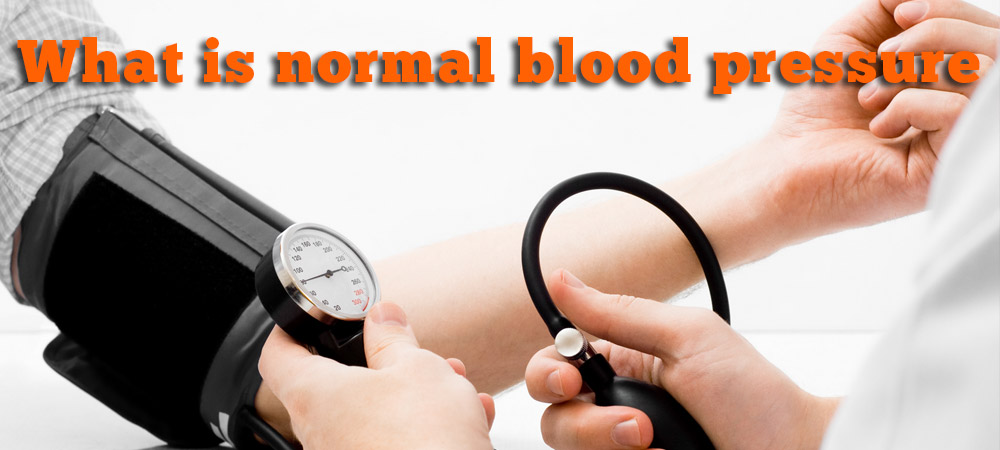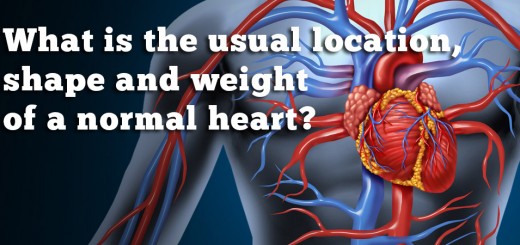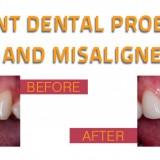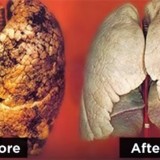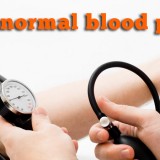A healthy heart maintains normal blood pressure (BP), a lot like maintaining proper water pressure in your household plumbing system or air pressure in your automobile tires. Normal blood pressure is important in keeping your blood flowing properly to your tissues. If blood pressure is too high, there’s a risk of blood vessels becoming damaged, leading to the formation of plaques and blockages and, ultimately, damage to important organs like the kidneys, but if it is too low, your tissues don’t get enough oxygen and nutrients to function well, causing dizziness and fatigue and, again, eventual damage to important organs. Your kidneys receive about 25% of the blood supply pumped by your heart each minute, so they play an important role in controlling BP and fluid balance in your body.
BP has two components: systolic and diastolic pressure. The systolic BP occurs during the systolic (contractile or pumping period) phase of the ventricles. The diastolic BP occurs during the diastolic (expanding-period) phase of the ventricles. In healthy adults, normal systolic and diastolic BP are approximately 140 and 90 mm Hg, respectively, or slightly less.
BP usually rises briefly during physical exercise or emotional excitement; it does not depend on the heart rate itself. By and large, BP tends to increase when you get older. The term hypertension is used to describe BP that is abnormally elevated. The fact that hypertension is one of the most important and common coronary risk factors (disorders and medical conditions that lead to heart attack) is well recognized.

